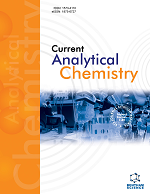
Full text loading...
This extensive review highlights the different techniques used to extract chitosan, its antibacterial characteristics, and its wide range of applications across various industries. Thanks to its exceptional solubility and notable chemical and biological properties, it has been used in several applications. It is biodegradable, and biocompatible, and has numerous reactive amino side groups that enable chemical modification and the development of various practical derivatives. Several academic publications have extensively covered many characteristics of chitosan and its applications in different industries, such as medicine. Chitosan can impart different functions in multiple fields, such as antibacterial, antiviral, and other biological features. Chitosan has various applications across various industries. Due to its exceptional solubility and significant chemical and biological properties, it has been utilized in numerous applications. Chitosan is biodegradable and biocompatible, and its multiple reactive amino side groups enable chemical modification and the development of various practical derivatives. Chitosan can provide different functions in numerous fields, such as antibacterial, antiviral, and other biological features. This review primarily focuses on chitosan's sources and extraction methods, providing an up-to-date overview of its properties. Additionally, the review highlights the diverse applications of chitosan, whether in its original state or modified and incorporated into nanocomposites, in various fields, making it a highly versatile and commonly used material in the biomedical industry.

Article metrics loading...

Full text loading...
References


Data & Media loading...

